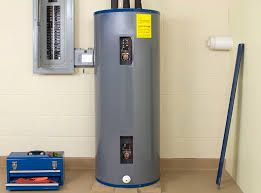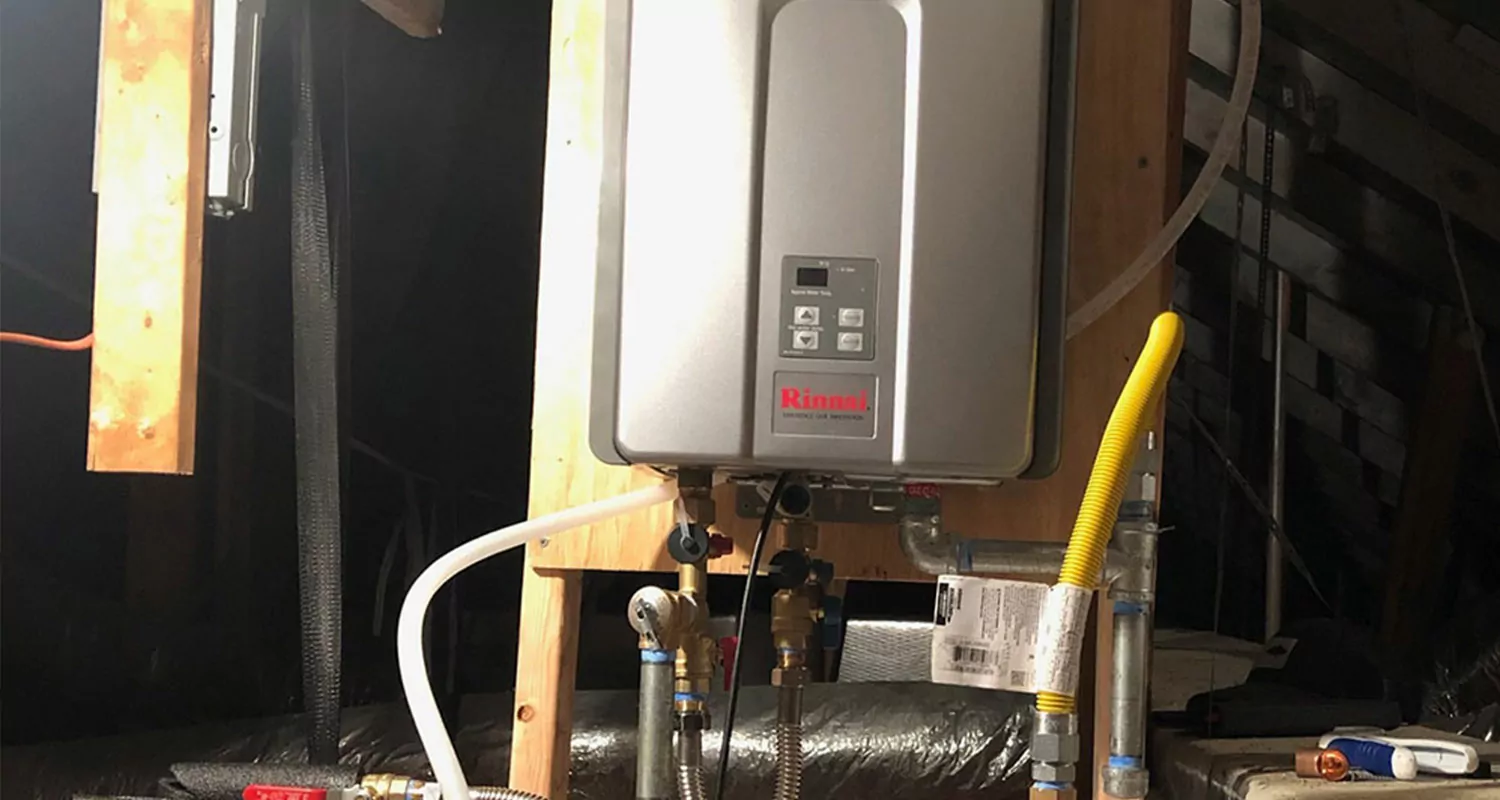Expert Tips on Maintaining Your Home's Hot Water SystemStep-by-Step Guide to Caring for Your Home's Hot Water SystemEasy Steps to Caring for Your Home's Hot Water System
Expert Tips on Maintaining Your Home's Hot Water SystemStep-by-Step Guide to Caring for Your Home's Hot Water SystemEasy Steps to Caring for Your Home's Hot Water System
Blog Article
The author is making a number of good pointers on Tips For Maintaining Your Hot Water Heater as a whole in this article beneath.

Warm water is necessary for everyday comfort, whether it's for a refreshing shower or cleaning dishes. To guarantee your hot water system runs efficiently and lasts longer, normal upkeep is essential. This write-up offers sensible tips and understandings on how to maintain your home's warm water system to avoid interruptions and costly repair work.
Introduction
Maintaining your home's hot water system might seem overwhelming, but with a few basic actions, you can ensure it operates smoothly for years ahead. This guide covers everything from recognizing your warm water system to do it yourself upkeep ideas and recognizing when to call professional aid.
Significance of Maintaining Your Hot Water System
Normal upkeep not just expands the lifespan of your warm water system however also guarantees it runs effectively. Neglecting maintenance can result in decreased performance, higher power costs, and also premature failure of the system.
Indicators Your Warm Water System Needs Maintenance
Knowing when your warm water system requires interest can stop significant problems. Look out for indicators such as irregular water temperature, strange noises from the heater, or rusty water.
Flushing the Water Heater
Flushing your hot water heater eliminates sediment buildup, improving performance and prolonging its life.
Checking and Replacing Anode Rods
Anode poles stop deterioration inside the storage tank. Examining and changing them when worn is critical.
Facility Concerns Needing Expert Aid
Instances include major leaks, electrical problems, or if your water heater is constantly underperforming.
Regular Professional Upkeep Conveniences
Professional maintenance can include thorough evaluations, tune-ups, and ensuring compliance with security criteria.
Examining and Adjusting Temperature Level Setups
Changing the temperature settings ensures ideal efficiency and security.
DIY Tips for Upkeep
You can carry out numerous maintenance tasks on your own to keep your hot water system in leading condition.
Checking for Leakages
Frequently evaluate pipelines and links for leaks, as these can cause water damages and higher costs.
Comprehending Your Hot Water System
Before diving right into maintenance tasks, it's helpful to comprehend the basic parts of your hot water system. Usually, this includes the water heater itself, pipes, anode poles, and temperature controls.
Regular Monthly Upkeep Tasks
Normal month-to-month checks can assist catch small problems before they rise.
Checking Pressure Alleviation Valves
Examining the pressure relief valve ensures it works appropriately and prevents excessive pressure accumulation.
Shielding Pipelines
Insulating hot water pipes lowers heat loss and can save power.
When to Call a Specialist
While DIY maintenance is useful, some concerns require professional expertise.
Final thought
Normal upkeep of your home's warm water system is essential for efficiency, long life, and expense savings. By following these suggestions and knowing when to seek specialist aid, you can make certain a trusted supply of warm water without unexpected disturbances.
Water Heater Maintenance: The Basics
Maintaining your water heater will ensure it operates efficiently and has a longer lifespan. Neglecting regular maintenance can lead to costly repairs and an even bigger chunk of your savings if you have to replace it sooner than necessary. But there’s good news: Most water heater maintenance tasks are relatively simple and easy for homeowners with basic DIY skills.
Flush the Water Heater
Over time, sediment and minerals can build up in the tank, reducing its efficiency and potentially causing damage. To flush the tank, turn off the power or gas supply, attach a hose to the drain valve near the bottom and open the valve to drain the water until it runs clear. Ideally, flush the tank annually.
Replace the Anode Rod
The anode rod is a sacrificial metal rod that helps prevent corrosion inside the tank. Inspect and replace it every three to five years or per the manufacturer's recommendation. To replace the anode rod, turn off the power or gas supply, drain a few gallons of water from the tank, unscrew the old rod and replace it with a new one. If the anode rod is significantly corroded or covered in calcium buildup, it's a sign the water heater may need to be replaced soon.
Tune-Up
A yearly tune-up can help identify potential issues and ensure your water heater operates at peak efficiency. This typically involves checking the thermostat, burner assembly (for gas heaters) and any other components specified by the manufacturer. During a tune-up, the technician may also clean the burner and adjust the pilot light (for gas heaters) or examine the heating elements (for electric heaters).
How to Maintain Your Water Heater
Insulate the tank. Insulating the tank can improve energy efficiency and reduce heat loss, saving you money on energy bills. You can purchase precut insulation blankets designed specifically for water heaters or use standard fiberglass insulation wrapped securely around the tank. Check the temperature. The recommended water temperature for most households is around 120 degrees Fahrenheit (49 degrees Celsius). Higher temperatures can increase energy costs and potentially cause scalding. Use a kitchen thermometer to check the temperature at the faucet nearest the water heater. Monitor water pressure. Excessive water pressure can strain the water heater and cause leaks or even tank failure. Install a pressure-reducing valve if necessary. The ideal water pressure range is between 60 and 70 PSI (pounds per square inch). Test the temperature and pressure (T&P) relief valve. The T&P relief valve is a safety feature that releases pressure if the tank gets too hot or the pressure builds up too high. Test it annually by lifting the lever and allowing a small amount of water to release. Replace the valve if it doesn't release water or reseal properly. Check for leaks. Regularly inspect the tank, pipes and fittings for leaks or corrosion. Deal with issues promptly to prevent further damage. Even a small leak can lead to significant water damage over time. Consider a tankless water heater. If your traditional tank-style water heater is nearing the end of its lifespan ( typically 10 years), consider replacing it with a tankless water heater. These units heat water on demand, reducing standby energy losses and potentially saving you money on your energy bills. Schedule professional maintenance. While homeowners can perform many water heater maintenance tasks, it's still a good idea to schedule professional maintenance every few years. A plumber or HVAC technician can thoroughly inspect the unit, identify potential issues and ensure it operates safely and efficiently. https://www.homeserve.com/en-us/blog/home-improvement/hot-water-heater-maintanence/

Do you really like reading about What Kind of Maintenance Do Water Heaters Need?? Put a remark down the page. We would be delighted to see your ideas about this write-up. We are looking forward that you come back again in the future. Do you know another person who is in to the topic? Be sure share it. I take joy in your readership.
Call Today Report this page